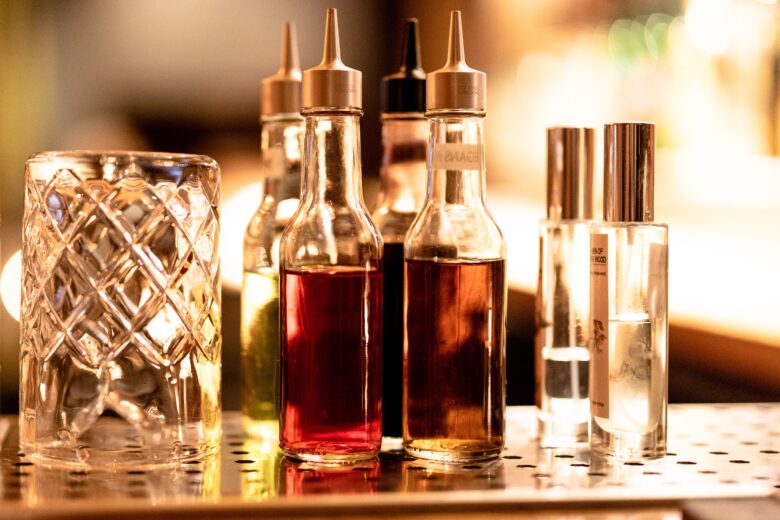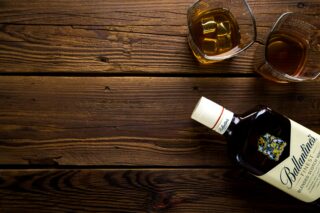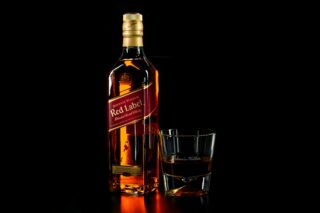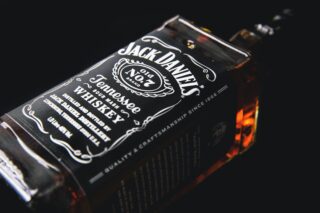Welcome back to the blog! In this article I will explain what bitters are, how they are divided and how they can be used in the bar world.
These products, like most alcoholic beverages, were created many centuries ago mainly for medical purposes. It is in fact well known that bittering substances, which we will see later are made up of bitters, they have multiple assisting functions for digestion and more.
THE BIRTH OF BITTER
The oldest documents reporting the consumption of alcoholic beverages for medicinal purposes date back even further 7.000 a.C. in China. In fact, the documents talk about an alcoholic drink made from rice and honey flavored with hawthorn berries.
The addition of alcohol to spices is due precisely to the increase in medical benefits given by the alcoholic beverage consumed. This is because the ethanol present in alcohol is able to act as an excellent solvent to absorb in greater quantities the principles contained in the plants and roots used for infusions.
Their birth is often attributed to Johann Gottlieb, character associated with angostura and the English doctor Richard Stoughton. The latter in 1690 he patented a medicinal bitter which even received a royal patent and thanks to the enormous publicity promoted by its creator the medicine became known throughout the kingdom.
THE TYPES OF BITTER
Before talking about the use of these products it is important to understand the different types of which the main ones are two.
- APERITIF BITTER: Aperitif bitters are used in greater quantities in mixing and are balanced by a higher percentage of sugar 10%. They are sold in larger bottles and are the basic ingredient for most aperitif cocktails such as Americano and Negroni.. Among these, one of the most famous is Campari bitters, born in Milan in 1860.
- AROMATIC BITTER: Unlike the former, they are used with a smaller dosage in the drink (a few drops) and serve to flavor it as the aromatic bitters are concentrated. Their quantity of sugar is minimal, so much so that, unlike aperitif bitters, they are not included in liqueurs. They are defined as aromatic because aromatic herbs and spices are used for their production precise.
Among the liqueurs that can be included in the bitter typology, bitters can also be considered. In fact, these too are composed starting from dyes, that is, hydro-alcoholic solutions that create the aromatic blend.
The word bitter actually means bitter due to the bittering substances used for the production of the tinctures. Bitters differ in the greater quantity of sugar contained in them and in the greater variety of plants, herbs and spices used for their production.
I hope that this article has been useful to you in understanding in more detail the difference between the different bitters used in mixing. In a future article I will explain their preparation so that if you want you can create your own personal home made bitter.
PREVIOUS ARTICLES
American: Recipe and preparation



